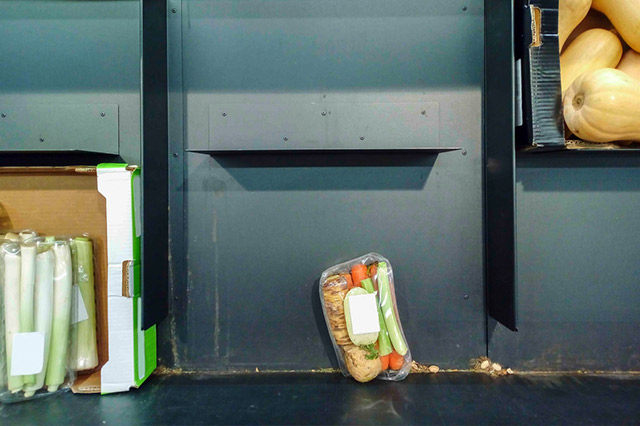
Web Developers
Hurricane Florence is about 340 miles wide, with hurricane-force winds extending outward up to 70 miles. It landed near Wrightsville Beach, North Carolina, early on Friday, September 14.
The storm was downgraded to a tropical depression on September 16 and has led to more than 23 deaths since it landed. The center of the depression is moving west from central South Carolina and continued flooding due to heavy rain is expected in North Carolina. Parts of several rivers in the region are rising and are in the “major flood” stage, according to The New York Times.
Weather analytics firm Planalytics currently estimates that the impact of Florence on retailers and food-service providers will be at least $700 million in terms of lost sales. The figure is subject to change based on the specific path of the storm.
When a hurricane is predicted, consumers make purchases based on their immediate needs and the forecast path of the storm; they skip or delay discretionary purchasing. As a result, home centers, warehouse clubs, gas stations and convenience stores all experience higher traffic ahead of a hurricane, while casual restaurants, entertainment centers and shopping malls lose sales.
Bottled water, generators and flashlights are among the typical items people purchase in preparation for a storm. According to Planalytics, retailers in the storm-affected areas are likely to have experienced a 20% increase in sales of canned goods, a 12% increase in sales of baked goods and an 8% increase in sales of dog food ahead of the hurricane hitting land.
Many retailers will also be negatively affected by purchases that consumers would typically make, but do not make up in the storm’s aftermath. Since Florence arrived on a Friday, retailers in the region will be impacted badly by the loss of sales over the weekend.
Finally, consumers who suffer a significant loss in this tragic event will likely reduce their discretionary spending during the coming holiday period.
The following retail and restaurant chains have more than 25% of their stores based in the path of Florence, according to Planalytics: Five Below, BJ’s Wholesale Club, Cracker Barrel, Advance Auto Parts, Cato Corporation, Ruby Tuesday, Texas Roadhouse and DSW.